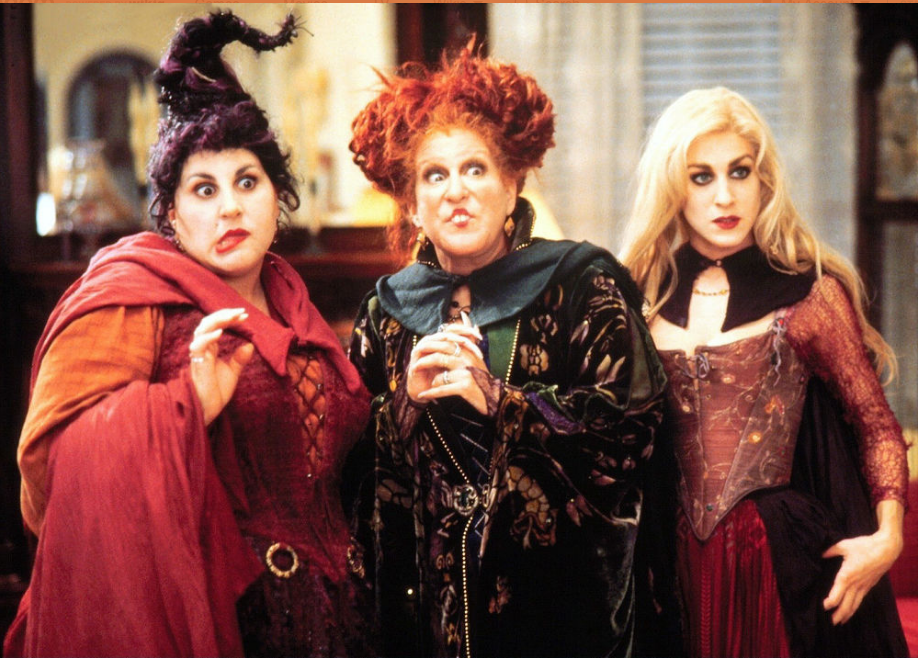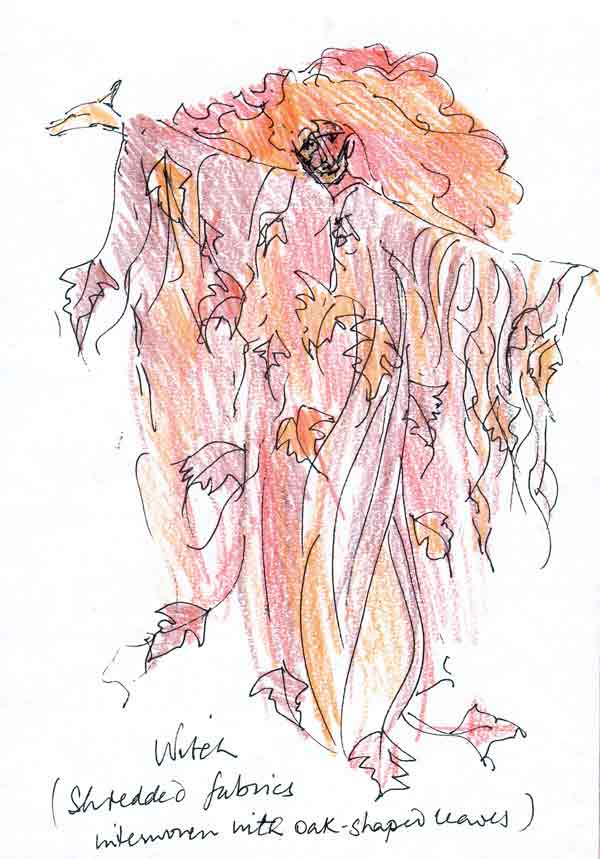

T/S: Can you tell us about how you represented Macbeth’s personal character arc through costume? We hired some crowd costumes, although we also made a large number of those too as it was quite difficult to find clothes as simple as the ones that we wanted to use as the soldiers under layers.” Everything for the principal characters was made for the movie. Each soldier had a coin of allegiance to the king around his neck and when one of Macbeth’s soldiers died he took the coin from their neck and added it to his sash as a remembrance of each man fallen. The sash worn by the king represented the summation of all of the clans, so depicted each of the Thanes’ crests in addition the Scottish lion and the Christian cross. The crest was a symbol, which was inspired by traditional Scottish heraldry. Each of the Thanes had a particular crest, which they wore in the style of a sash to show their status.

The idea of the strips of leather mounted onto hemp to create a form of armour was inspired by samurai costume. They were the elements that we felt would be available in their primitive environment. JD: “Macbeth’s battle look was made from leather, hemp and wool. T/S: Can you talk to us about the materials and inspiration behind the battle costumes? Macbeth – Costume design by Jacqueline Durran. We started off with many bells but cut down the number in the course of the fittings – although we still spent a lot of time ensuring that they were all deadened for the sound department.” There was a note from Justin the director that the costumes should have a lot of bells incorporated into them, as he wanted to use the noise of the bells thematically for the witches. An ancient race that fitted that description was the Sami people of northern Scandinavia and we looked at their traditional costume for inspiration. even more northern European than Scotland. JD: “The inspiration for the witches costumes came from the idea that they were a nomadic group that came from the north – i.e. Can you talk to us about their role in this filmed production and your inspiration behind their design? T/S: The witches are such a pivotal element of staged productions of Macbeth.

The fact that each character had almost no changes of clothes was something that I think fits into the idea of a Western – people without a wardrobe of clothing choices.”Įxample of Costume and Pattern research images created by Max Tilke. The palette of the film moved very simply from shades of grey and black at the beginning to shades of white for Dunsinane. I used the bible of ancient clothing styles, namely Tilke, which reveals the similarity of basic shapes of ancient clothing around the world and cherry picked different styles to create our world. Taking the idea that it was a place on the edge of the known world, I looked for the simplest archetypal forms of clothing and sought a way to represent the rules of that frontier society in a very basic way. I felt that to a large extent the 11th Century was an imaginary place as what survives as reference is very stylized. The two ideas aren’t at odds with each other, so my aim was to find a way of representing the two themes. The director thought of it in terms of a Western and I thought of it as an outlying land in the eleventh century. Jacqueline Durran: “There were a couple of starting ideas for Macbeth. Tyranny Of Style: Can you start by telling us about your initial inspiration for Macbeth? In time for the American opening this week, we asked Durran to talk us through her inspiration and process of designing the richly detailed costumes for this powerful tragedy. Her latest project, Macbeth with Michael Fassbender and Marion Cotillard, is already receiving major acclaim, having premiered throughout Europe earlier this Fall. Jacqueline Durran is an Academy Award-winning costume designer with such credits as Anna Karenina, Pride & Prejudice, and Atonement.


 0 kommentar(er)
0 kommentar(er)
